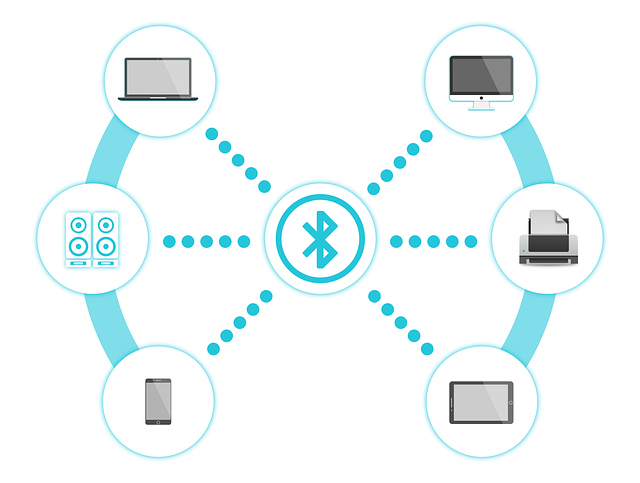
Bluetooth technology has become a staple for wireless connectivity, allowing devices to communicate seamlessly within a certain range. However, one common question that arises is about the capacity of Bluetooth connections—how many devices can it handle at the same time? This article explores the technical aspects of Bluetooth that determine its connectivity limits and the factors that influence these numbers.
Bluetooth Connectivity: A Technical Overview
Bluetooth operates on a master-slave relationship, where one device acts as the master and the others as slaves. The master device can communicate with multiple slaves, but the number of simultaneous connections is not fixed and depends on several factors.
Factors Affecting Bluetooth Connectivity
- Bluetooth Version: Newer versions of Bluetooth typically support more simultaneous connections due to improvements in technology and protocol efficiency.
- Class of Device: Bluetooth devices are categorized into classes (1, 2, and 3) based on their transmission power, which affects the range and the number of devices that can be connected.
- Device Roles: In Bluetooth, devices can act as a master, slave, or a combination of both (dual mode). The role a device plays influences its ability to connect with others.
- Signal Interference: The presence of other wireless signals can impact Bluetooth’s ability to maintain stable connections with multiple devices.
- Hardware and Software Capabilities: The physical capabilities of the Bluetooth module and the efficiency of the device’s software influence the number of connections it can handle.
- Power Consumption: More connections mean higher power usage. Devices must balance the number of connections with power management to avoid rapid battery drain.
Typical Bluetooth Connectivity Limits
- Bluetooth Classic: Generally supports connections with up to 7 active devices, but this can vary based on the device class and other factors.
- Bluetooth Low Energy (BLE): Designed to connect with a large number of devices simultaneously, often in the range of tens or even hundreds, depending on the implementation.
Applications and Use Cases
The connectivity of Bluetooth is leveraged in various applications:
- Audio Streaming: Bluetooth can connect to multiple speakers or headphones for an immersive audio experience.
- IoT and Smart Homes: Multiple smart devices, such as lights, thermostats, and security systems, can be connected and controlled via Bluetooth.
- Gaming: Some controllers can connect to a single gaming console or PC, allowing for multiplayer gaming experiences.
Challenges in Managing Multiple Bluetooth Connections
While Bluetooth technology allows for multiple connections, challenges such as maintaining stable connections, ensuring data integrity, and managing power consumption can arise.
Strategies for Effective Bluetooth Connectivity Management
- Optimize Device Settings: Adjust the settings of Bluetooth devices to optimize their performance and connectivity.
- Use Centralized Management Tools: Implement tools or software that can help manage multiple Bluetooth connections efficiently.
- Regular Updates: Keep Bluetooth firmware and software updated to leverage improvements and bug fixes.
Conclusion
The number of devices that can connect to Bluetooth at the same time is not a one-size-fits-all answer; it varies based on the version of Bluetooth, device class, role, and other environmental factors. While Bluetooth Classic may handle a few active connections, Bluetooth Low Energy is designed to manage a significantly larger number of devices, making it ideal for IoT applications. By understanding the capabilities and limitations of Bluetooth technology, users and developers can make informed decisions about its implementation in various scenarios. As Bluetooth technology continues to evolve, its capacity for handling multiple simultaneous connections is likely to expand, offering even greater possibilities for wireless connectivity.



